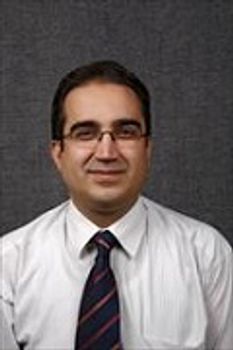Nanavati Hospital, Mumbai performs the First Implantable Loop Recorder procedure In Maharashtra

The procedure involved a rare technique performed by Dr Shirodkar and his team at Nanavati Hospital in Mumbai for the very first time in Maharashtra.
Patient: Tafazzal Hossain
Age: 62
Country: Bangladesh
Treatment: Implantable Loop Recorder
Doctor: Dr Shirodkar
Hospital: Nanavati Hospital, Mumbai
A 62-Year-Old Bangladeshi patient, Mr Tofazzal Hossain was diagnosed with syncope in 2010, which causes sudden blackouts and passing out episodes. These blackouts happened at any time without any symptoms while Hossain was performing his daily chores, that was followed by 2-3 days of weakness. Subsequently, he was investigated at multiple healthcare centres in Bangladesh, but the cause of his condition remained undetected.
As the frequency of these episodes became aggressive, he decided to go to a cardiac hospital in India and chose to receive consultation from Dr Salil Shirodkar, who is an Interventional cardiologist at Nanavati Super Speciality Hospital in Mumbai.
Dr Salil planned to perform surgery on the patient for inserting a loop recorder implantable in his body, that could track his ECG rhythm 24X7 for three years. This would help the medical professionals understand and record his ECG during the blackout episodes, helping in analyzing the exact cause of these occurrences.
Operating Strategy
Being a rare procedure, it was performed after performing several tests on the patient to ensure that he is a good candidate for implantable loop recorder. The device was inserted under the chest wall of the patient using local anaesthesia. The device helps the doctors monitor the patient’s condition even while he is in Bangladesh. They can view the abnormal rhythm of his heart online.
How does an Implantable Loop Recorder work?
This device uses Bluetooth wireless technology and records the cardiac rhythm of the patient during the syncopal event, which is used for the diagnosis and treatment of the condition. The insertion of the device is easy which is done using a minimally invasive procedure.
Read more at:





